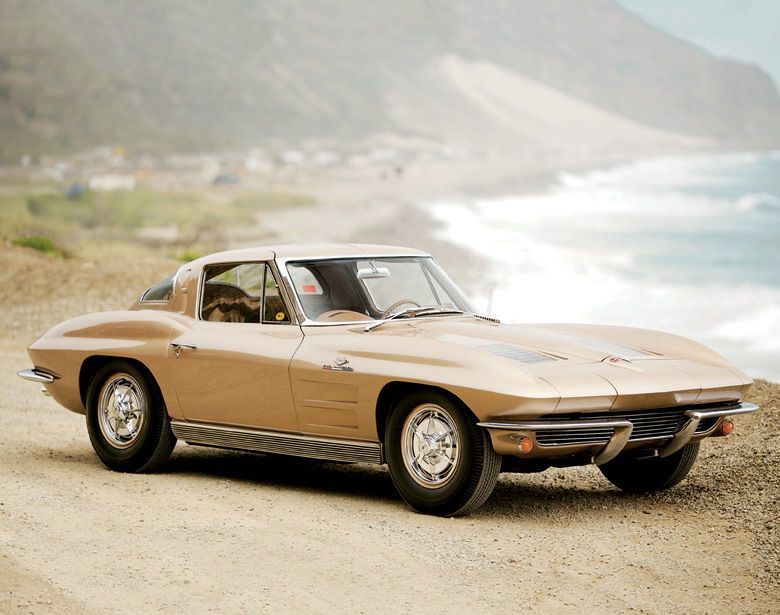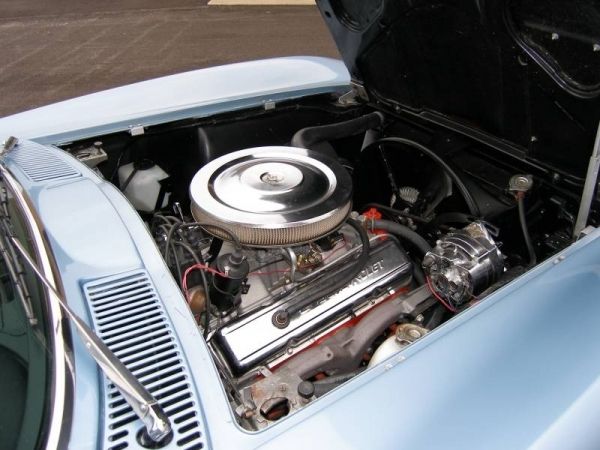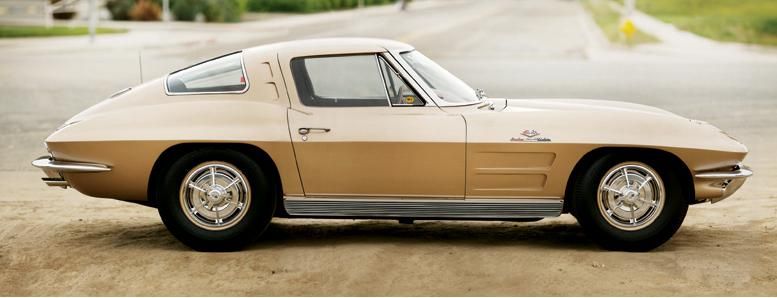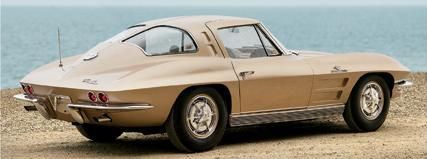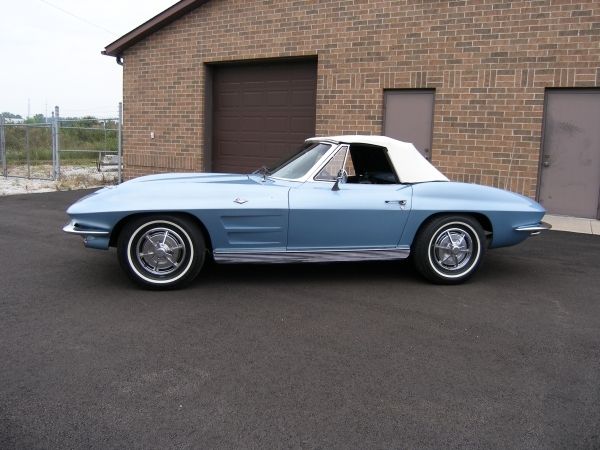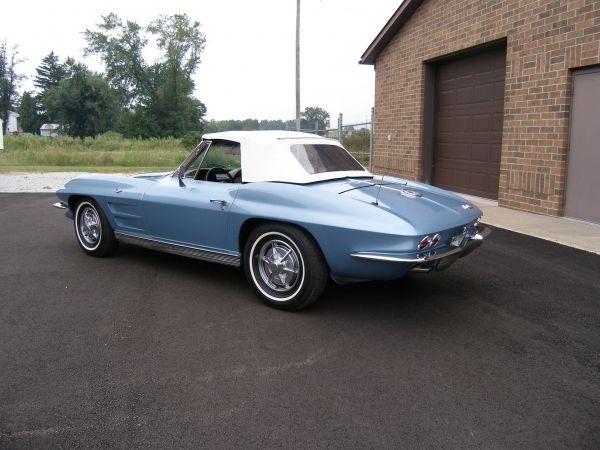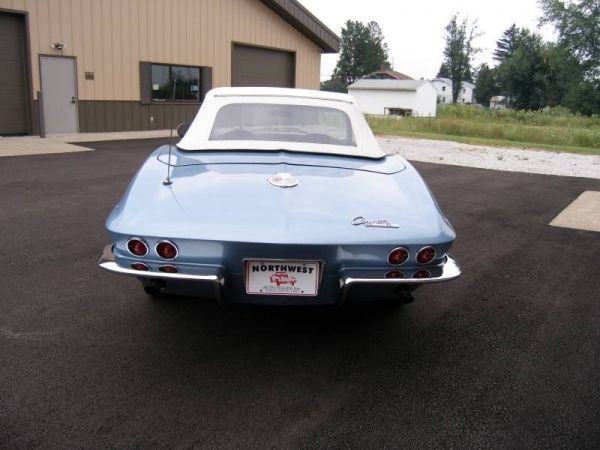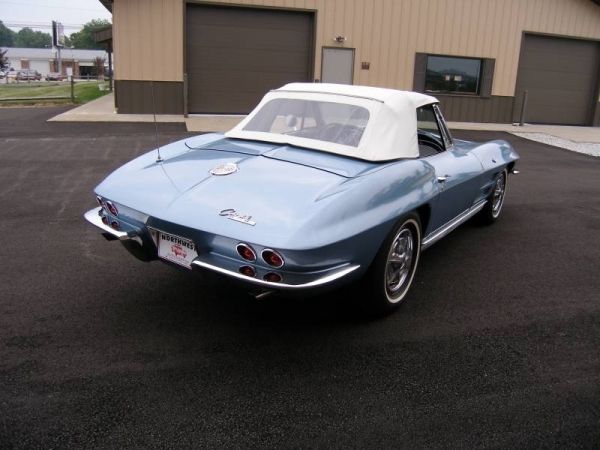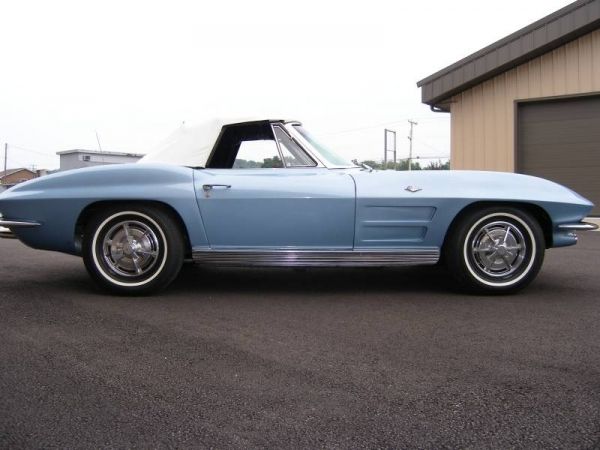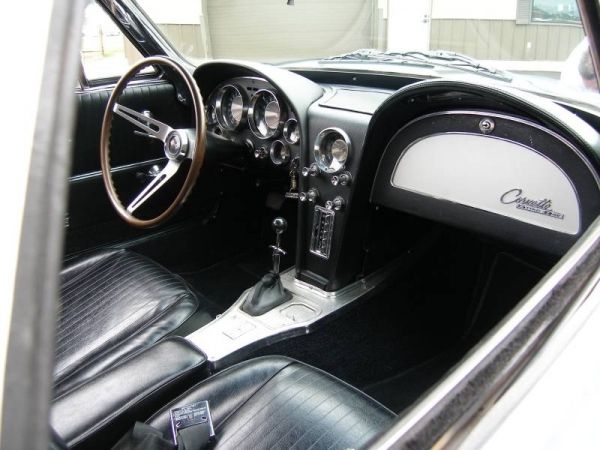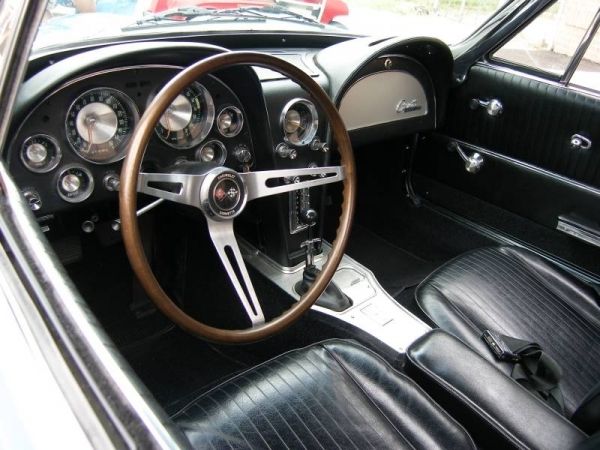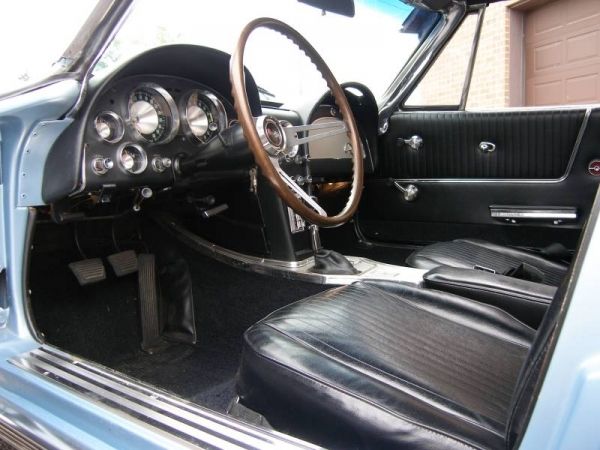The fist Corvette had been rushed into production based upon Chevy sedan parts and only slowly evolved into an American interpretation of a sports car. The 1963 Corvette was designed from a clean sheet of paper to fit Chevrolet's and General Motors concept of the two-seat sports car desired by American drivers and Stticed to their driving styles and the vast distances they covered.
1963 Chevrolet Corvette Z06
- Make: Array
- Model: 1963 Chevrolet Corvette Z06
- Horsepower: 360@6000
- Transmission: 4 Speed Manual
- [do not use] Vehicle Model: Array
In only nine years, the small-block Chevrolet V8 had already shown its potential and its performance. It became the most intensively developed and reliable production-based performance engine in the world. Mechanical fuel injection was introduced in 1957 and inspired both admiration and envy.
The top factory supplied engines were making 360 bhp with an aggressive solid lifter camshaft. Competition-prepared engines made even more power. Corvette's performance was proven on road race courses throughout North America and had even tested itself in International competition when Briggs Cunningliam took a team of three Corvettes to Le Mans in 1960 where one of them finished eighth overall.
The one ingredient missing from Corvette's package was a rear suspension that provided better compliance than the "straight-axle" of the early cars. The 1963 Corvette fixed that with a high roll-center independent rear suspension, using the axle half shafts as suspension arms and a compact transverse leaf spring to minimize unsprung weight.
To make the most of Corvette's potential as a road-nicer, Corvette's chief engineer, Zora Arkus-Duntov, made sure the options list had plenty of ways to maximize its performance. The basic Corvette was fast and handled well, but it was configured as a street sports car.
Arkus-Duntov and his Corvette team brought their years of competition experience to bear and prepared a package ol competition-specific options for Corvette racers. Known by its Regular Production Option (RPO) number, Z06, it included nearly everything a racer could want: the high-output, solid lifter L84 327 cubic inch, 360 hp, fuel injected small-block V8; close ratio 4-speed transmission; dual master cylinder power brakes with sintered metallic linings; finned drums and extra front brake cooling; Positraction; a bigger front sway bar; stift springs; and larger shocks, Z06 was potent, but its rock-hard suspension made it unsuitable for street driving except by the most dedicated racers. Only 199 1963 Corvettes were so equipped. Even fewer, only 63, 1963 Corvettes were built with the 36-gallon competition fuel tank with oversized filler cap and neck for quick pit stops.
A Z06 Big Tank split-window coupe is the most desirable of all mid-year Corvettes, and it is not surprising that Chevrolet chose to resurrect the RPO number Z06 for the competition-prepared C5 Corvette in 2001. This is the Corvette Zora Arkus-Duntov had in mind when creating the independent suspension mid-year series. Agile and fast, it was the epitome of the dual-purpose sports car.

